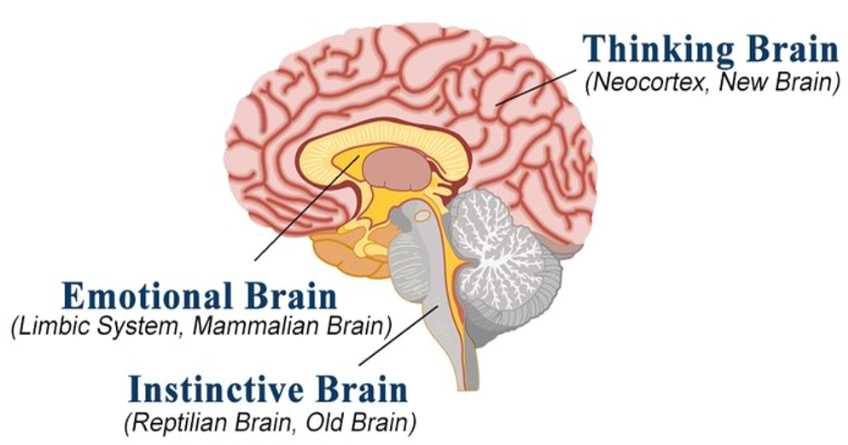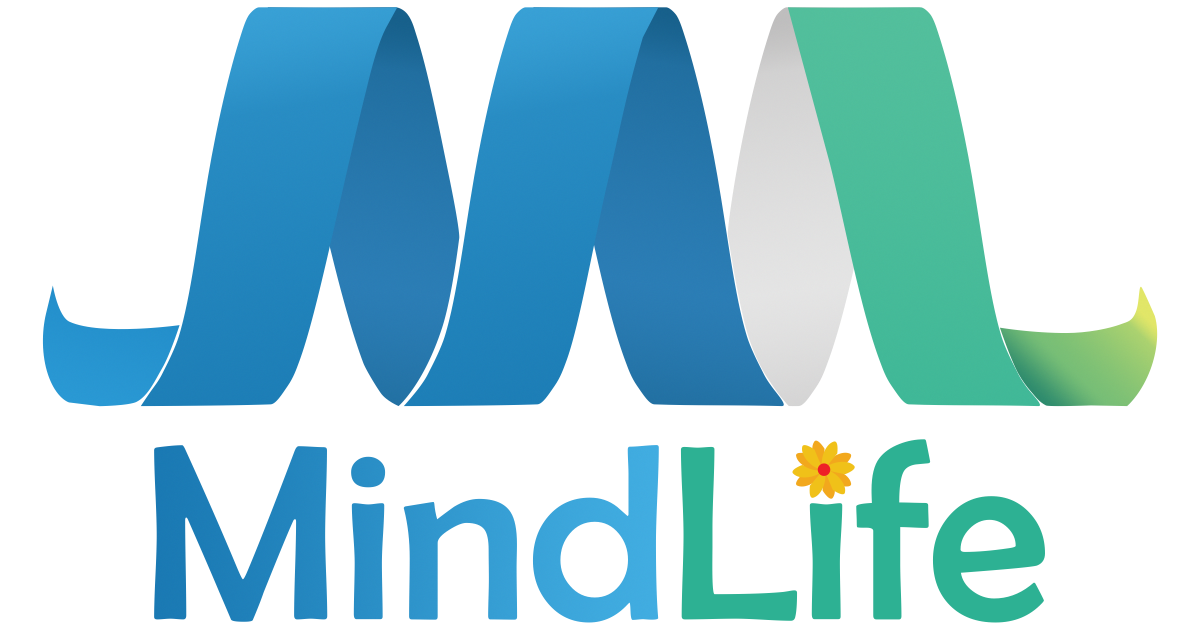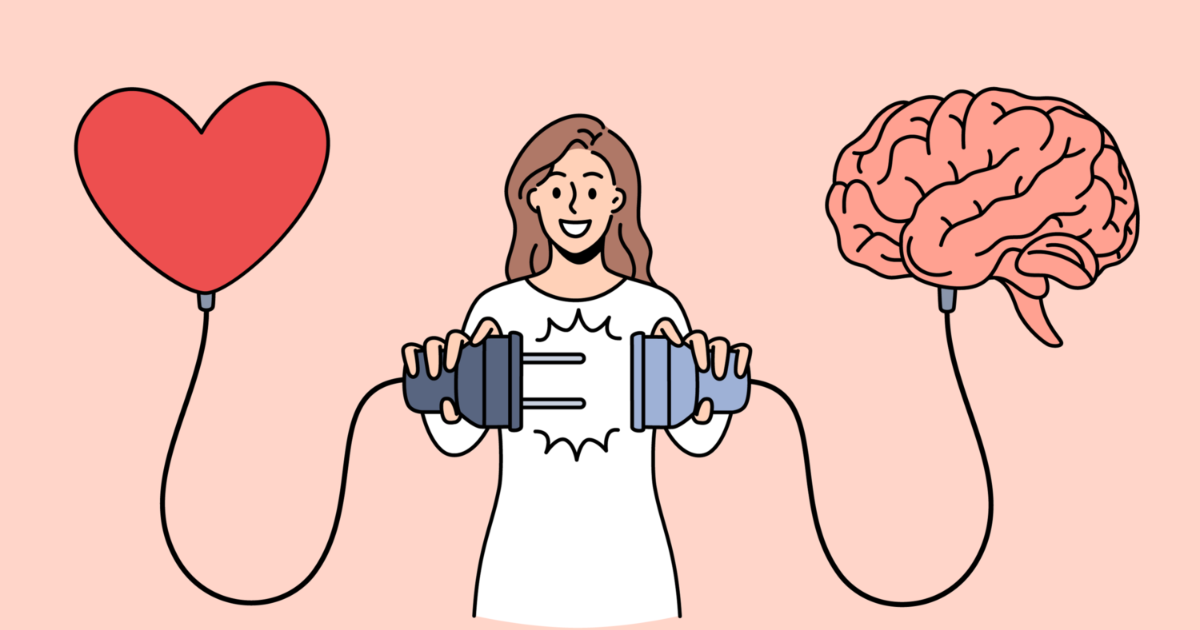Medical science has made massive progress in researching and understanding the physical body – everything that can be seen or measured by instruments. We’ve discovered that we have about 100 billion neurons in our brain, communicating with about 500 million neurons in our guts and millions of neurons around our heart. This sophisticated neutral network senses and analyses everything coming to our senses from outside (sight, hearing, touch, smell and taste) and inside our body (e.g. blood pressure, temperature, any chemicals in our digestive systems, etc.). This natural network uses a very sophisticated (human) neural network ‘software’ to analyse all this detailed information. It makes many decisions every second to optimise our health and keep us alive. We call this software the “Human Operating System” (HOS).
The HOS, with its sub-systems related to the heart, the gut, and different parts of the brain, manages both our inner organs (e.g. what pace our stomach and digestive tract contract each minute, which chemicals are needed to digest our food, which hormones are needed for particular organs and bodily processes) and even which emotions to create for us to feel, behave and respond in specific ways. The HOS even creates our dreams and our automatic thoughts, arising moment by moment. The HOS includes components related to different parts of the body and the brain, e.g. the brainstem and limbic brain (the old parts of the brain which react automatically to threats and trigger the fight/flight response), and the conscious thinking mind (neocortex).
Our brain has developed over millions of years. The first stage of development was the “reptilian brain” (instinctive brain) which reacts automatically to dangers (e.g. predators) through the fight, flight or freeze response. Later, the emotional brain (the limbic system or “mammalian brain”) created automatic emotions to motivate us to behave in a way that’ll be helpful to survive. The third part of the brain to develop was the thinking brain (the neocortex) which enables planning and conscious decision making.

The instinctive brain is the fastest to react in dangerous situations, and the thinking brain is the slowest. However, in modern life, many social stressors can automatically trigger the fight or flight response, as the instinctive and emotional brains are faster to react than the thinking brain. This creates problems in relationships at home and at work and many emotional and health issues.
The HOS is driven by and drives all parts of the brain. When we experience the fight or flight response, our reptilian brain drives the HOS. When we make a conscious decision, we drive the HOS using our thinking brain. By learning to stop reacting automatically and integrating all parts of our HOS, we become the director of our life (like a conductor guiding an orchestra to play in harmony).
“When a system becomes integrated, it is the most flexible, adaptive, coherent, energized, and stable. … This flow of energy and information that links separate elements together has the subjective experience of harmony. Like a choir singing “Amazing Grace”, each singer retains his or her own individual voice while simultaneously linking together with intervals that drive the flow of the whole song. The sensation of harmony is the subjective side of the physical state of integration.”
Dr Daniel Siegel (2010). The Mindful Therapist. Norton. P.31. (creator of IPNB – Interpersonal Neurobiology, one of the methods we’ll computerise and make available to our clients/users).

